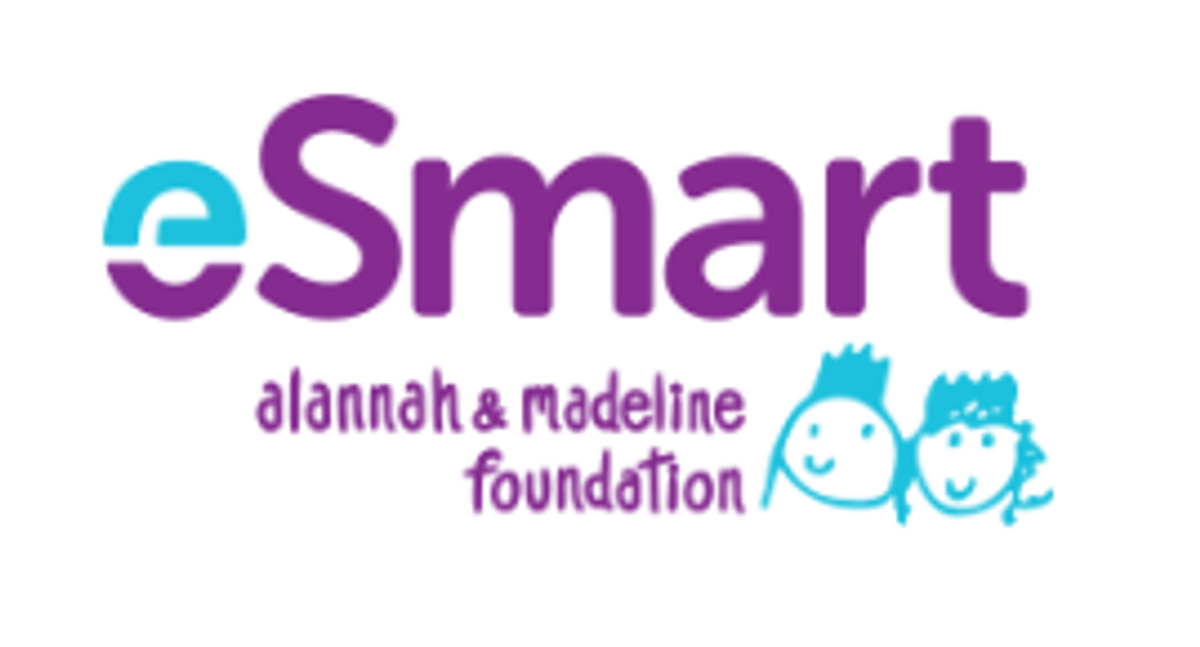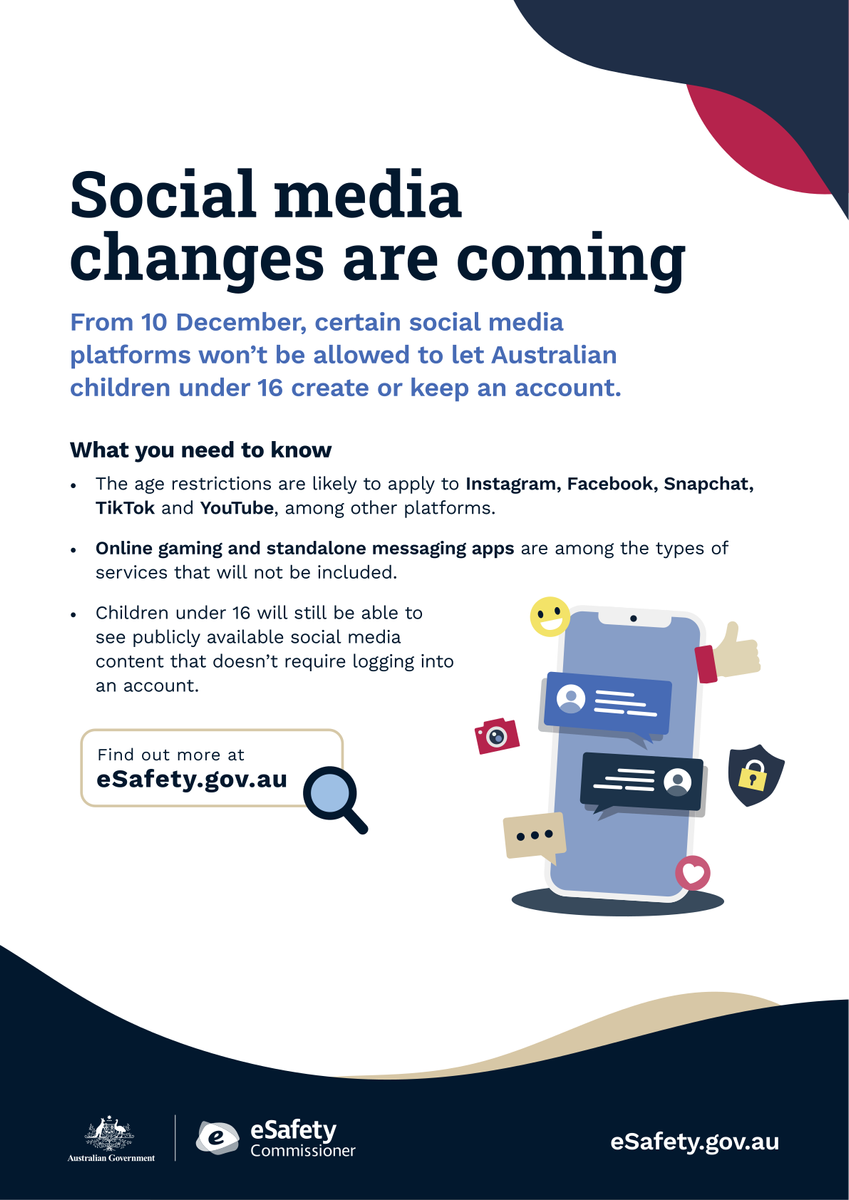eSmart

'Stranger danger' used to mean warning kids not to talk to unfamiliar people on the way home from school. Today, those strangers are just a click away.
What are random chat apps and what are the risks?
Strangers can appear on screen in real time through anonymous chat platforms that pair users randomly for video or text conversations.
Today, those strangers are just a click away – often appearing on screen in real time, through anonymous chat platforms that pair users randomly for video or text conversations.
These platforms – such as the now-defunct and disgraced Omegle and still-active Chatroulette, HOLLA, Monkey and OmeTV – are designed for spontaneity and global connection.
But for children and young people, they can quickly become gateways to inappropriate content and manipulation.
The risks are not hypothetical – they are happening now, and they are serious.
In this online safety advisory, we examine the unique dangers of anonymous chat platforms and offer parents and carers guidance on how to protect those most at risk.
The safety issue: Hidden dangers of anonymous chat apps
Anonymous chat platforms let people connect with strangers instantly. Often, there are limited registration and age check requirements.
Sometimes, this is by design.
For children, what sounds like off-the-cuff fun is also a perfect storm for potential contact and abuse by adult predators. Here's why:
If there is no age checking: Children can slip into adult spaces with ease.
Random pairing: Users are matched with strangers, often without filters.
Live video: Inappropriate content can appear in seconds, without warning.
Anonymity: Predators can hide their identity and intentions.
Recording risks: Conversations can be saved and misused without consent.
Omegle, one of the most notorious anonymous chat platforms, became known for pairing minors with adults engaging in sexual behaviour. In 2022 alone, Omegle flagged more than 500,000 instances of child sexual abuse material.
In one high-profile case, an American family sued Omegle after their 11-year-old daughter was coerced into creating explicit content. Omegle settled for US$22 million before shutting down in late 2023. Its founder admitted the platform had been misused for 'unspeakably heinous crimes.'
Omegle decided to shut down shortly after eSafety used its transparency powers to reveal serious safety deficiencies, and as class action litigation began to mount.
Another platform, OmeTV, markets itself as 'your Omegle alternative'. It offers a free cam chat experience where you can meet strangers and enjoy random video chats.
Why it matters now
The problem isn't new – but it’s getting worse.
Increased access: Kids now carry video-enabled devices everywhere.
Pandemic habits: Lockdowns pushed more young people online, often unsupervised.
Tech evolution: AI and real-time video make interactions faster and more difficult to moderate.
Legal pressure: Platforms are facing lawsuits and public scrutiny, but many still operate with minimal safeguards.
What is eSafety doing?
eSafety is taking a leading role to tackle online harms – in Australia and worldwide – including those linked to anonymous random chat platforms.
Legal powers under the Online Safety Act
The Online Safety Act 2021 gives eSafety the authority to:
- improve transparency and hold platforms to account through the Basic Online Safety Expectations
- require companies to build in safety by design features, have effective moderation tools, dedicate enough resources, and act on user reports
order the removal of unlawful content, with action required within 24 hours.
eSafety recently used our industry codes and standards powers to issue a formal warning to the provider of OmeTV for failing to meet mandatory requirements under the Act.
We have also notified Apple and Google of our findings. Both companies are required to act when an app available in their store breaches Australian law. eSafety will assess whether their responses meet these obligations under the app services code.
We have a range of other enforcement powers, including fines of up to $49.5 million, and we will use them where necessary.
Spotlight on randomised communication
eSafety's guidance is clear: online anonymity can fuel abuse. Platforms must stop predators from hiding behind fake identities.
Education and resources
From parent guides to school toolkits, eSafety offers practical advice on:
- talking to kids about online chat
- recognising grooming behaviour
- reporting and blocking abusive users.
Raising public awareness
eSafety communicates through this website and through traditional and social media to highlight the risks of sextortion, grooming, and exposure to harmful content – especially through online spaces such as anonymous chat platforms.
What parents and carers can do
You don't need to be a tech expert to protect your kids. Here's what works:
Use parental controls
- Set up device restrictions with tools such as Apple Screen Time or Google Family Link.
- Block high-risk sites for children such as OmeTV and Chatroulette (also known as 'Chatruletka'). Even these apps say they are not for under 18s.
- Use parental control apps like Bark or Qustodio to help keep an eye on online activity.
Talk early and often
- Ask open-ended questions such as 'Have you ever chatted with someone you haven't met face-to-face?'
- Tell kids they should never meet someone in person if they have only spoken online – especially not in a private place.
- Avoid shame – make it safe for kids to share uncomfortable experiences.
- Role-play scenarios with your children to build confidence and awareness.
Teach digital boundaries
- Reinforce rules about sharing personal info.
- Encourage caution and privacy when using device cameras.
- Show how to block and report users.
Build critical thinking
- Help kids spot manipulation tactics.
- Discuss why some people hide their identity online.
- Encourage scepticism and self-protection.
What the tech industry should do
The responsibility for safety should not fall on families alone. Platforms must step up by:
- Implementing effective age assurance: Go beyond simple age gates and use tools that accurately establish a user's age.
- Resourcing safety teams properly: Especially for moderating live video content.
- Using AI responsibly: To detect and block harmful behaviour in real time.
- Designing with safety in mind: Only enable anonymity and random pairing when strong safeguards are in place.
- Being transparent: Publish safety practices and abuse statistics.
Protecting childhood starts here
Anonymous chat platforms may seem like harmless digital playgrounds. However, for children and young people, they can become like online quicksand – pulling them into unsafe interactions before anyone realises.
The risks are real and the consequences are serious. The solutions demand a united effort from parents and carers, educators, tech companies, and regulators.
True online safety is much more than blocking harmful content. It means building trust, teaching resilience, and designing digital environments that put children's wellbeing first.
Further resources and reading
eSafety Commissioner
- Online chat and video chat safety
- Anonymous communication guidance
- The hard-to-have conversations
- Child grooming and unwanted contact
- Online safety basics
Common Sense Media – parent reviews of chat platforms
Australian Centre to Counter Child Exploitation (ACCCE)
_________________________________________________________________________
SchoolTV
Because parenting doesn’t come with instructions, SchoolTV is a wellbeing resource that can support you in the challenges relating to modern-day parenting.
This award-winning resource helps build relationships, foster connections, enable understanding and break down barriers to navigate a pathway towards better mental health and wellbeing for young people. It can assist in starting conversations on topics that are sometimes awkward or difficult to tackle.
St Laurence O'Toole Primary School subscribes to SchoolTV and anybody can access their invaluable resources via our website at www.stlleongatha.catholic.edu.au
_____________________________________________________________________________


